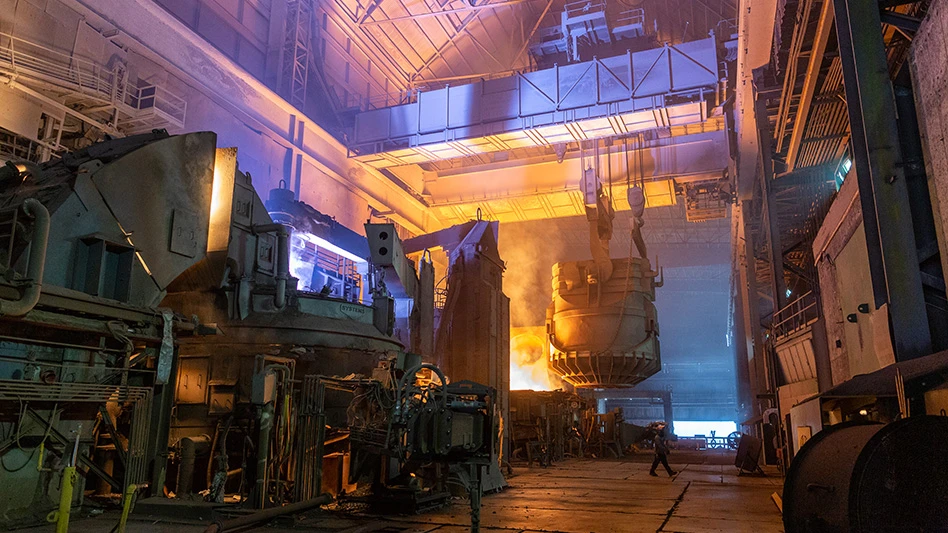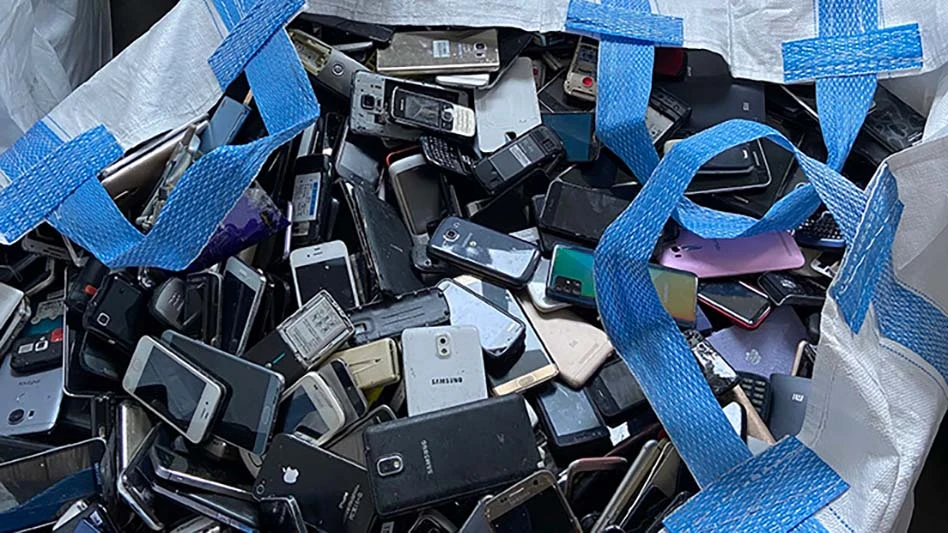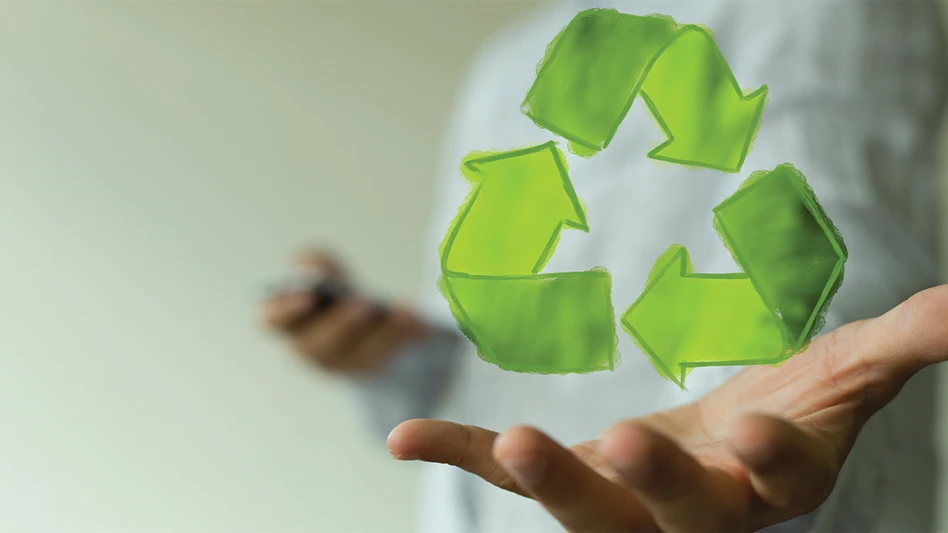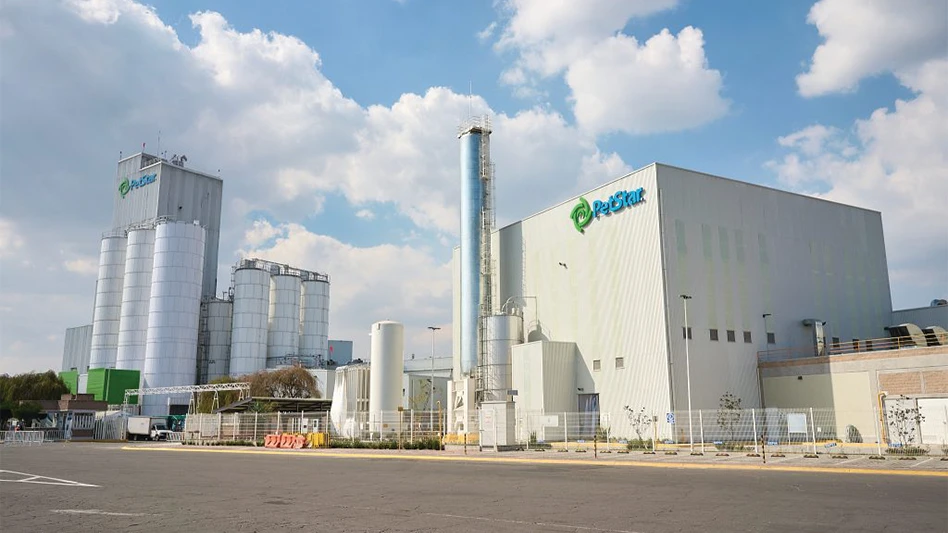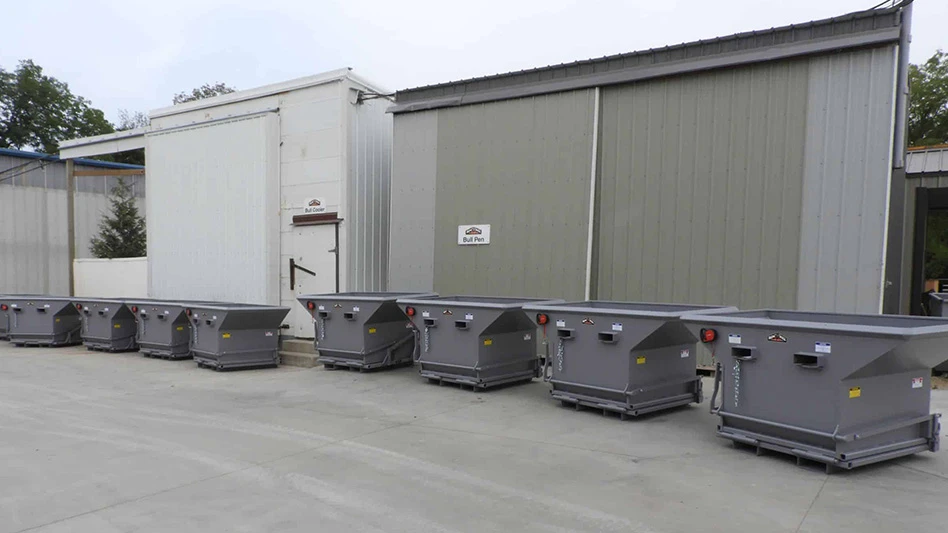Customer service is often a core tenet of most business philosophies. After all, companies wouldn’t have much sense of purpose without customers to serve.
Portland, Maine’s Ecomaine is no different, although its customer base might look a little different than that of most companies. As a nonprofit organization, the customers Ecomaine serves are its 21 owner-municipalities, in addition to the other communities it serves through long- and short-term recycling and municipal solid waste (MSW) contracts.
While the structure may be different, the commitment to service is the same. When the communities involved with
Ecomaine voiced a desire about recycling more grades of plastic, Ecomaine responded with a $3.7 million single-stream material recycling facility (MRF).

Automated screens have replaced much of the manual sorting at Ecomaine.
"It was all about what the needs were for the communities," says Ecomaine’s General Manager Kevin H. Roche, of the new facility, which opened in May 2007. Prior to the upgrade, Ecomaine only accepted No. 1 and No. 2 plastics. "Every meeting I went to, people kept asking, ‘What about other plastics?’" Roche recalls. "That question kept on coming back. It’s something our communities wanted, so we gave it to them."
With the new system in place, Ecomaine now accepts plastics Nos. 1-7, as well as plastic grocery bags. The expansion of acceptable plastics for recycling is just one benefit Ecomaine is enjoying from its new single-stream system. The company has also seen increased participation and expects record-breaking tonnage for the year, according to Shelley Dunn, Ecomaine’s communications specialist.
GOAL-ORIENTEDTo achieve its goals, Ecomaine embarked on a near-complete overhaul of its recycling operation, taking it from nearly entirely manual to highly automated with a sizable equipment upgrade.
"Because our previous recycling operation depended on manual separation with a two-sort system, everything was upgraded, except the two balers," says Dunn. "Very little, if any, of the old equipment was kept."
The system was designed by Van Dyk Baler Corp. of Stamford, Conn., and it includes some of the company’s TiTech optical sorting equipment.
Ecomaine started getting the word out about single-stream recycling nearly two-and-a-half months before the system began operation, according to Shelley Dunn, the company’s communications specialist. The company held a meeting for municipalities to educate and prepare those involved, Dunn says. The day included a brief description of how single-stream recycling equipment operates and a tour of the facility during the installation process. Ecomaine also provided attending municipalities with communications tools to use with residents, such as brochures and sample scripts for community access television presentations already in use by communities with single stream. Five communities with single-stream plans in place also gave a series of presentations about their programs. Ecomaine continued its public education push with a news conference to mark the facility’s ceremonial opening in May 2007. The company also held an open house in October attended by 500 people, Dunn says. Ecomaine remains committed to spreading the word, according to Dunn. "Building public awareness is a process that never stops," she says.
"Optical sorting is used to separate No. 1 plastic from any other remaining plastics," Dunn explains. "Our equipment identifies the chemical make up of No. 1 plastic as it moves under a narrow beam of light at 1 yard per second, and with a pinpoint jet of air from beneath, catapults the item forward into a separate storage bunker."
Getting the Word Out
Material starts its journey on the tipping floor, where a front-end loader places it into a hopper that loads the material onto a conveyor where it is sorted in sequence. Old corrugated containers (OCC), newspaper and mixed paper are separated by a series of sorting screens, each with different sized rubber cogs that determine which material it will separate.
Ferrous cans are then separated by a rotating magnet, and then glass is separated and broken. Aluminum is separated with an eddy current separator, and finally No. 1 plastic is removed with the optical sorter, with No. 2-7 plastic following behind to be manually sorted. Each type of material is stored in a separate storage bunker until it is baled, Dunn says.
The optical sorting equipment has made a marked difference in PET recovery, says Roche. "In the past, when we were doing a hand sort, we had experienced some quality problems," he says. Removing the element of human error has proven especially beneficial for sorting PET, he adds. "With PET, there’s really an assortment. It could be water bottles, it could be bottles for dishwashing detergent, it could be small aspirin bottles." The optical sorter has helped Ecomaine achieve a more precise PET sort.
Additionally, the company has seen a decrease in its residuals since operations began at its upgraded MRF. "The residuals for July 2007, just after two months of single-sort operation, were at 6.95 percent," Dunn says. "But that percentage has steadily declined. Now, just eight months later, residuals are down to 2.6 percent. Much of this reduction is due to improved oversight and employee alertness to non-recyclables," she adds.
"Most people think single stream means high residue rates," adds Roche. "That’s not the case here."
RECORD-BREAKERSIn addition to expanding its palate of acceptable materials and improving the quality of its commodities, Ecomaine also has seen an increase in participation thanks to the introduction of single-stream recycling, according to Dunn.
The Ecomaine MRF serves some 104,812 households in its network of 31 communities. Twenty-one of those communities are counted among the nonprofit’s owner-municipalities; seven additional communities have 20-year contracts with Ecomaine for recycling and MSW processing, and three more have shorter contracts for recycling only. "The residents of these communities represent more than 20 percent of the state’s total population," says Dunn.
Ecomaine does not collect or haul the recyclables or MSW it processes; however, the company provides roll-off containers for member communities to use for the collection of recyclables.
Since the introduction of single-stream recycling, two towns have signed recycling-only contracts with Ecomaine, and another has signed a long-term 20-year agreement for both MSW and recycling. According to Dunn, other towns are expected in the near future, which is the exact result the company was looking for.
Roche says Ecomaine hopes that communities that were reluctant to start curbside collection programs will reconsider now that single-stream recycling is available. "Some of the smaller communities didn’t because of the cost," he says. "We made this investment with the understanding that we were hoping more communities in our state would join our program. With single-sort, it’s easier to do curbside. When you increase efficiency, you reduced costs."
In addition to rising participation rates, the advent of single stream at Ecomaine has brought in more material. "The single-sort system is not yet a year old, but all tonnage figures point to a record-breaking year," Dunn says. The increase is expected in spite of the fact that several towns were delayed in beginning their single-stream recycling. Dunn says one town that did start up a single-stream program to coincide with the MRF’s opening has seen its own impressive results. Scarborough, Maine, with a population of 17,000, initiated curbside recycling on the first day of the MRF’s operation, according to Dunn. "That town’s recycling has increased 65 percent year-to-date," she says.
Dunn adds that environmental concerns—the desire to increase the recycling rate, even if it meant doing so at the expense of MSW collected to fuel its waste-to-energy plant—drove the decision to upgrade. However the increased participation and lower residuals seem to indicate the investment makes good business sense as well.
The author is associate editor of Recycling Today and can be contacted at jgubeno@gie.net.

Explore the June 2008 Issue
Check out more from this issue and find your next story to read.
Latest from Recycling Today
- Autocar releases Smart Battery Cable to advance refuse truck fire safety
- PLASTICS launches Positives of Plastics website
- Impact Air Systems launches compact ZAC400
- PCA to shut down paper machines at Washington containerboard mill
- BMRA provides landfill guidance for UK shredder operators
- Fornnax high-capacity tire recycling plant
- EU introduces measures to secure raw materials, strengthen economic security
- US Steel to restart Illinois blast furnace

